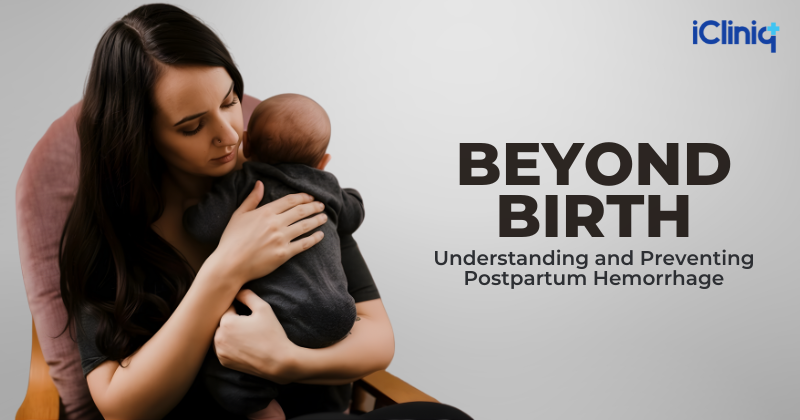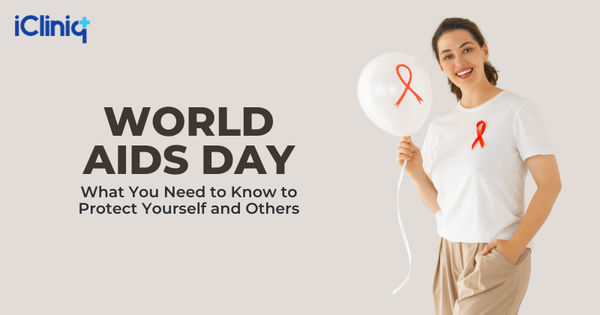Beyond Birth: Understanding and Preventing Postpartum Hemorrhage

Understanding Postpartum Hemorrhage
Postpartum hemorrhage is a condition defined as severe bleeding that occurs just after giving birth. It is a serious complication and, if not treated promptly, can become life-threatening. Postpartum hemorrhage usually happens within 24 hours after childbirth but, in some cases, can continue for up to 12 weeks after delivery.
Why It’s a Cause for Concern
This excessive bleeding can be alarming and may lead to major health risks such as a sharp drop in blood pressure. This reduces blood flow to vital organs like the heart and brain. If the blood loss is severe, the body can go into hypovolemic shock, which is a potentially fatal condition.
About 1 to 5 women out of every 100 experience postpartum hemorrhage. While it may not always be life-threatening, prompt medical care is essential for recovery.
How Much Blood Loss Is Too Much?
Typically, postpartum hemorrhage is defined as more than 33 fluid ounces (about 1 liter) of blood loss after delivery, whether it’s a vaginal birth or a C-section. There are two types of postpartum hemorrhage:
- Primary Postpartum Hemorrhage: Occurs within the first 24 hours after delivery.
- Secondary (Late) Postpartum Hemorrhage: Develops between 24 hours and up to 12 weeks after delivery.
Recognizing the Warning Signs
Be alert to symptoms that may indicate postpartum hemorrhage:
- Drop in blood pressure.
- Dizziness or fainting.
- Blurred vision.
- Rapid heartbeat.
- Reduced red blood cell count.
- Pain, swelling, or unusual bleeding in the vaginal or perineal area.
Early recognition and immediate medical attention can make all the difference.
Preventing Postpartum Hemorrhage
To reduce the risk of postpartum hemorrhage, healthcare professionals often use Active Management of the Third Stage of Labor (AMTSL). This approach helps prevent excessive bleeding and maintains healthy maternal hemoglobin levels. It includes:
- Administering a uterotonic drug (oxytocin) within one minute after birth.
- Controlled cord traction to assist with placenta delivery.
- Uterine massage after the placenta is expelled to help the uterus contract.
These steps significantly lower the chances of severe blood loss after childbirth.
How Postpartum Hemorrhage Is Treated
In case of postpartum hemorrhage, emergency treatment aims to stop bleeding as quickly as possible. Treatment options may include:
- Uterine massage to help the uterus contract.
- Repairing vaginal or cervical tears.
- Removing any remaining placental tissue.
- Administering IV fluids or blood transfusions.
- Providing oxygen support.
- In rare, severe cases, performing laparotomy or hysterectomy (removal of the uterus).
Each step is critical to stabilize the mother and restore normal blood circulation.
Healing After the Experience
Recovery after postpartum hemorrhage takes time. The body needs adequate rest, balanced nutrition, prescribed medications, and regular medical follow-ups.
The experience can be both physically and emotionally challenging, but with proper care and support, most women recover completely. Remember, it’s alright; childbirth changes your body, and healing is a journey that deserves patience and care.





